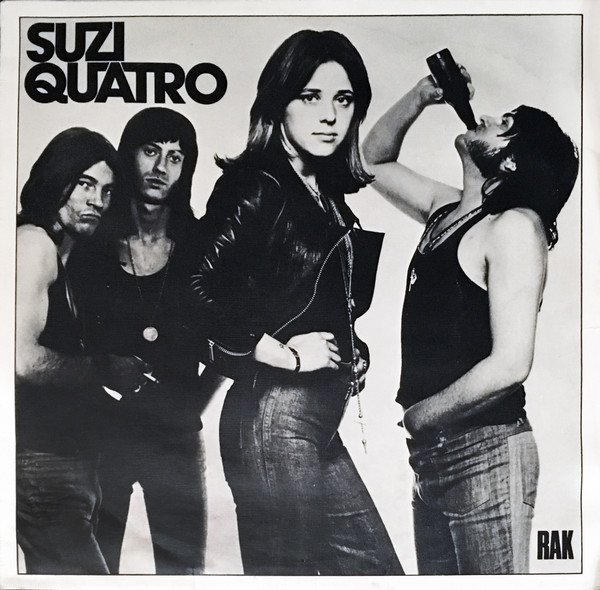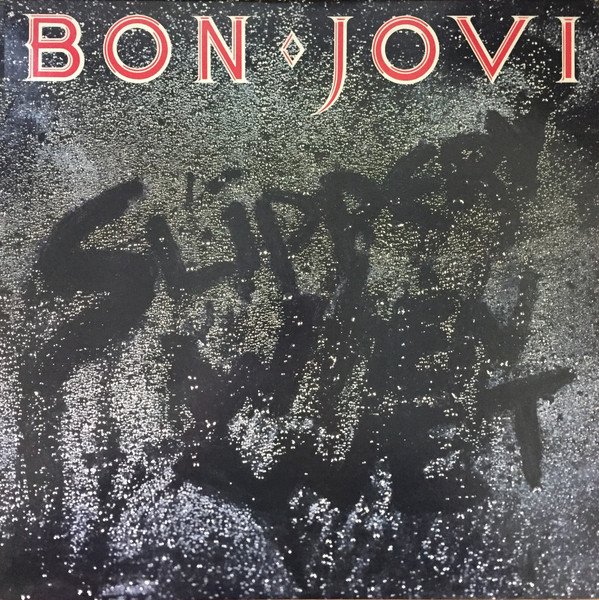When: Released October 1, 1973
Why? Quatro is considered highly influential by such bands as The Runaways, Blondie, The Go-Gos, as well as K.T. Tunstall and members of Talking Heads. Prior to this listen, the only Suzi Quatro song I’d ever heard was 1978’s single “Stumblin’ In.”
What? Initially released in the UK as a 12-song, 46-minute LP, the actual track listing was altered for various countries and over the course of numerous re-pressings. The original UK album did not include the hit single “Can the Can,” but I am including it in this listen due to the fact that it did appear on subsequent pressings, tacked on at the end of Side Two.
First Impressions: This is straightforward, raw rock and roll performed with energy, hampered by some inconsistent mixing/production choices.
Producer Mike Chapman would go on to write (or co-write) a long list of hits for many well-known acts. He was also involved in a number of important and influential albums in the late Seventies and early Eighties (including some of my favorites). In 1973, though, he was both inexperienced and, apparently, strongly opinionated when it came to mixing and production. That’s not an ideal combination, and I think this album suffers because of it. Recording quality varies from track to track. Basic mixing and production choices are inconsistent as well, with opener “48 Crash” sounding particularly poorly recorded and mixed, while “Skin Tight Skin” (a strong track) sounds so polished and multilayered it feels like it came from a future album.
Quatro’s bass playing is well represented and occasionally showcased. I wish her vocals had been treated with as much respect. Not to pick on “48 Crash,” which was a hit, but the key is so far out of Quatro’s range that she seems to be shouting/screaming most of the song. “Shakin’ All Over” is also too high for her to sing comfortably, and one of her biggest hits, “Can the Can,” comes close. I know from watching interviews that Quatro wasn’t comfortable singing in this range; these keys weren’t her choice. She says it was done at Chapman’s insistence.
Favorite tracks for me include “Shine My Machine” (although it missed some lyrical opportunities for sly innuendo), “Primitive Love,” “Sticks & Stones,” “Skin Tight Skin,” and her very fun (and unexpected) cover of the Lennon-McCartney song “I Wanna Be Your Man.” Overlooking the vocal performance, I also enjoyed “Can the Can,” though I can’t say I have any clue what it’s about—assuming it’s about anything.
The least successful tracks for me were “48 Crash” (surprise!), “Get Back Mamma,” and “Rockin’ Moonbeam.” The latter two are pure filler. Part of me wants to include “Official Suburbian Superman” in this group as well, but I can’t help feeling that there are the bones of a really good song here; it just wasn’t fully realized.
So? Quatro would go on to release over 18 albums and dozens of hit singles, becoming an international rock star and an icon for young women. I wish this had been a better showcase for her talents. Even so, I’ll listen to this album again.




